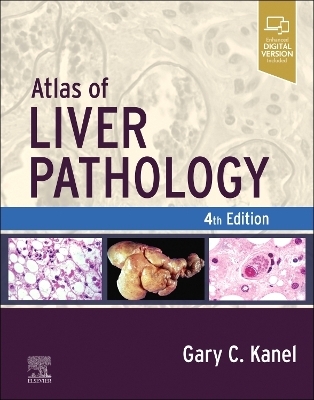
Isolated Hepatocytes
Elsevier Science Ltd (Verlag)
978-0-444-81302-2 (ISBN)
- Titel ist leider vergriffen;
keine Neuauflage - Artikel merken
Chapter 1. Background. 1.1 The development of the isolated hepatocyte preparation. 1.2 Factors involved in cellular organization and adhesion. 1.3 Mechanical methods for separation of parenchymal liver cells. 1.4 Development of enzymatic methods for isolated hepatocyte preparation. 1.5 Principles of cell separation. 1.6 Separation of cells from solid organs other than liver. 1.7 Advantages of the isolated hepatocyte preparation. Chapter 2. High-yield preparation of isolated hepatocytes from rat liver. 2.1 Introduction. 2.2 One-step method. 2.3 Two-step procedure. 2.4 Evaluation of common modifications to the recommended method. 2.5 Initial determination of cell quality. 2.6 Assessment of cell yield. 2.7 Reasons for unsatisfactory preparations. 2.8 Removal of damaged cells from the preparation 2.9 Storage of hepatocytes. Chapter 3. Other methods for hypatocyte preparation. 3.1 Introduction. 3.2 Isolated hepatocyte preparation from liver slices. 3.3 Preparation of intact isolated hepatocytes without collagenase. 3.4 Preparation of isolated hepatocytes from species other than rat. 3.5 Preparation of hepatocytes from foetal or neonatal animals. 3.6 Preparation of hepatocytes from abnormal animals. 3.7 Preparation of suspensions of damaged hepatocytes. 3.8 Preparation and purification of non-parenchymal cells. Chapter 4. Assessment of integrity of isolated hepatocytes. 4.1 Introduction. 4.2 Measures of cellular integrity. 4.3 Additional methods for determining cellular integrity. Chapter 5. Microscopy of isolated hepatocytes. 5.1 Light microscopy of isolated hepatocytes. 5.2 Morphology of isolated hepatocytes by transmission electron microscopy. 5.3 Techniques. 5.4 Morphological studies yet to be exploited. 5.5 Summary of studies by transmission electron microscopy. 5.6 Scanning electron microscopy. Chapter 6. Biochemical properties. 6.1 Basis for expressing cell activity. 6.2 Measurement of cellular composition. 6.3 Cellular composition 6.4 Experimental conditions. 6.5 Measurement of cellular O 2 -uptake. 6.6 Metabolic activities. 6.7 Transport activities. Chapter 7. Utilization of hepatocytes for drug studies. 7.1 Introduction. 7.2 Drug uptake and metabolism by isolated hepatocytes. 7.3 Isolated hepatocytes and drug toxicity. Chapter 8. Study the effects of hormones. 8.1 Optimal conditions for observing the effects of hormones. 8.3 Special conditions for the study of specific hormonal effects. 8.4 Action of insulin. 8.5 Action of steroid hormones. 8.6 Hormone effects on mitochondria isolated from hepatocytes. Chapter 9. Ca 2+ ion transport and compartmentation. 9.1 Measurement of intracellular Ca 2+ . 9.2 Changes in Ca 2+ movements monitored using 45 Ca 2+ . 9.3 Measurement of intracellular free Ca 2+ using fluorescent indicators. 9.4 Determination of rates of Ca 2+ inflow using glycogen phosphorylase or fluorescent Ca 2+ indicators. 9.5 Assessment of available techniques for the measurement of Ca 2+ in hepatocytes. Chapter 10.
| Reihe/Serie | Laboratory Techniques in Biochemistry and Molecular Biology ; v. 21 |
|---|---|
| Verlagsort | Oxford |
| Sprache | englisch |
| Themenwelt | Medizinische Fachgebiete ► Innere Medizin ► Hepatologie |
| Studium ► 2. Studienabschnitt (Klinik) ► Pharmakologie / Toxikologie | |
| Naturwissenschaften ► Biologie ► Biochemie | |
| Naturwissenschaften ► Biologie ► Genetik / Molekularbiologie | |
| Naturwissenschaften ► Biologie ► Zellbiologie | |
| ISBN-10 | 0-444-81302-0 / 0444813020 |
| ISBN-13 | 978-0-444-81302-2 / 9780444813022 |
| Zustand | Neuware |
| Haben Sie eine Frage zum Produkt? |
aus dem Bereich


